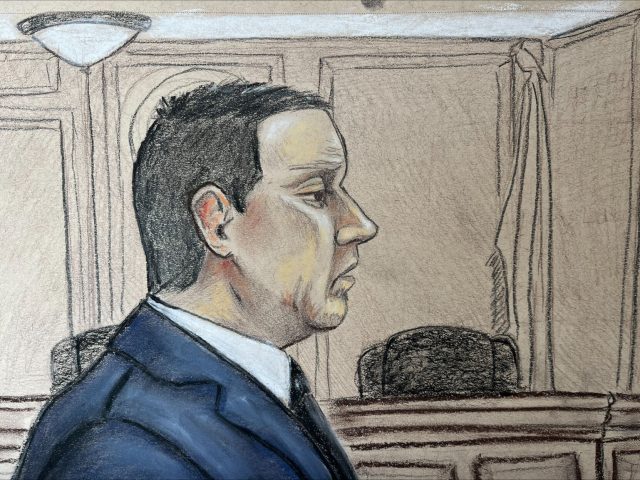Rural communities can help state’s incarceration trend
Published 6:55 am Monday, December 16, 2019
A new report from the Vera Institute shows Kentucky has a lot of work left to do if it wants to fix its incarceration problems – and a lot of the work is needed at the local level, in rural communities.
The number of people locked up in the Bluegrass state went up by 287 percent from 1983 to 2015, according to the report – from about 8,500 to more than 33,000 people.
That means around 24,000 more people are behind bars now than we had 36 years ago. If our current incarcerated population was counted as a city, it would be the eighth-largest city in the state, behind only the larger metropolitan regions.
That statistic alone is shocking – there is no way we are benefitting by locking up entire cities’ worth of people. But who we’re locking up and where they’re being locked up are all big problems for Kentucky, too.
Who are we locking up? More and more, it’s people who haven’t been convicted of a crime. While the population in Kentucky’s prisons (where sentenced individuals serve their time) has risen by 168 percent since 1983, it’s actually remained fairly flat more recently – it’s up by just 13 percent since 2000, according to the report.
Where Kentucky is seeing the lion’s share of increases is in county jails, where many inmates are being held pre-trial, meaning they have been charged but not convicted of a crime. Of the approximately 21,000 population of jails in 2015, around 9,100 (about 43 percent) of inmates were being held pre-trial. That represents a huge chunk of jail population growth since 1970 and amounts to almost three-fourths of the state’s entire prison population of 12,437, according to the report.
Kentucky is disproportionately locking up black people, and the increase in the number of women incarcerated is truly staggering.
In 1980, there were fewer than 400 women in all of Kentucky’s jails and prisons. In recent years, the total figure is approaching 7,000 – there’s been a 1,694 percent increase in female inmates in jail, and a 2,317 percent increase in prisons, according to the report.
While incarceration rates for almost all ethnicities have risen since 1990, the report shows Kentucky’s ultra-high rate of incarceration for black people is not leftover from past problems with racism. Black people make up less than 10 percent of the state’s population but more than 20 percent of the state’s prison and jail populations. About one in 53 black Kentuckians is in jail or prison, compared to one in 165 white people and one in 98 hispanics. The disparity has gotten much worse, not better, since the 1990s.
Where are we locking people up? Not in big cities, as some might have guessed. “Small and midsize” jails have since the largest increase in pretrial incarceration rates since 1970, with “rural” jails close behind. In stark contrast, Jefferson County-Louisville has seen a precipitous drop in pretrial incarceration since around 2010. Many of the state’s more rural counties are among the leaders in increases to their jail populations since 2005, according to a map in the report, including Crittenden County at the west end of the state, which had the largest increase at 867 percent.
Kentucky’s incarceration woes may mirror problematic trends at the national level, but only to a certain extent. The report’s comparison of Kentucky to seven other nearby states shows our problem is much worse. Compared to Illinois, Indiana, Ohio, West Virginia, North Carolina and Tennessee, Kentucky ranks first for highest rate of jail admissions, first for highest rate of prison admissions, first for highest rate of people serving sentences, first for most people in prison per capita and second behind Tennessee for highest rate of pretrial incarceration.
In some categories, it’s not even close – Kentucky’s rate of prison admissions in 2016 was more than double the rate in the second-place state, West Virginia.
The report paints a bleak picture of incarceration in Kentucky. But we think there are reasons to be optimistic about change for the better. In many counties around the state, local officials are aware of the problem and working to solve it.
Rural communities are the epicenter of Kentucky’s incarceration epidemic, but they are not powerless to change course. In fact, we believe rural communities are extremely powerful. Our criminal justice leaders have it within their authority and ability to embrace systemic paradigm shifts and stop this epidemic in its tracks.






